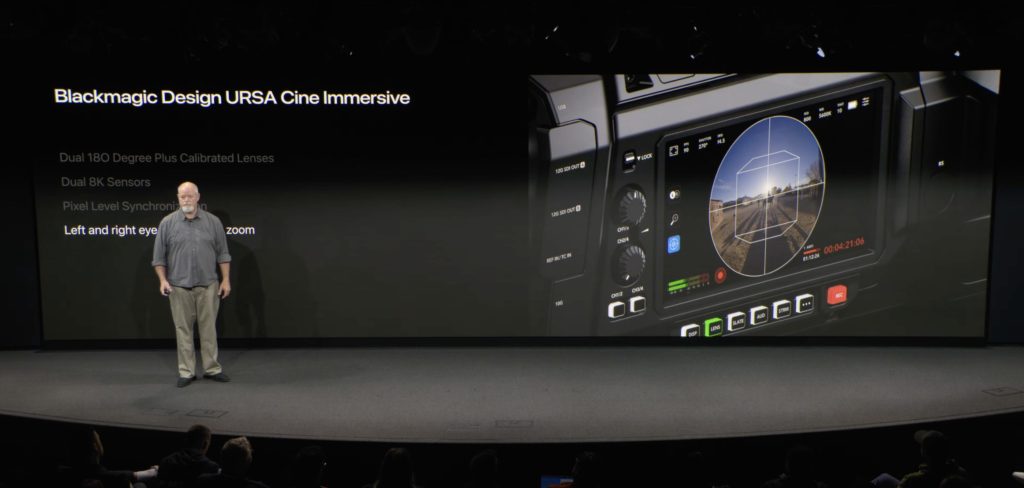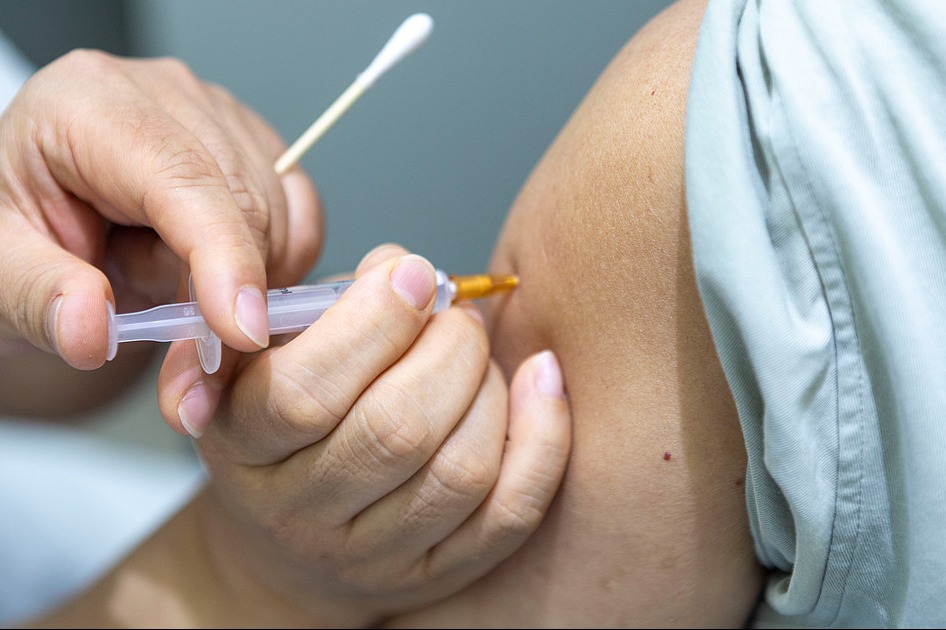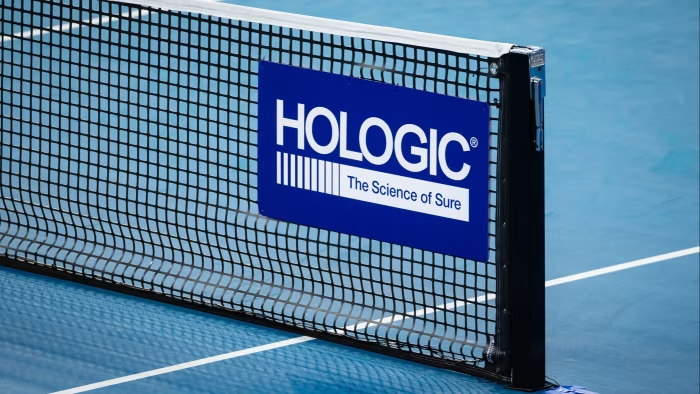Time+Tide
- British indie Beaucroft unveils a stealthy and surprisingly technical new take on its Element field watch.
- It features Nitron MC – an advanced, scratch-resistant tungsten…

Time+Tide

In the middle of a tough workout, I put my imagination in a survival situation. I pretend I haven’t had water for several days in a desert. I’m parched. I need to drill down to my last drop of strength to arrive at the oasis….

“I’m in a bit of a lull,” Anne Enright says when I ask what she’s working on. “You wait for a catch, a snag to your interest.
“The wonderful Annie Dillard has a story about an Inuit woman who has a baby to feed and no fish, so she…

Last week, Apple hosted two days of presentations in Cupertino and online, talking about how to create immersive content for the Apple Vision Pro — and it’s all available for free, on YouTube. While Day 1 (Create immersive media…

The China National Medical Products Administration (NMPA) has approved Shingrix (GSK”s Recombinant Zoster Vaccine or RZV) for the prevention of shingles (herpes zoster) in adults aged 18 years and…

eInfochips and NXP Semiconductors recently announced a multi-year collaboration to provide software distribution, tools, and support services for NXP’s S32 family of microcontrollers and microprocessors.
This partnership emphasizes NXP’s growing focus on enabling faster customer application development and strengthening its role in software-driven automotive and industrial platforms.
We’ll examine how NXP’s commitment to software solutions through this alliance may reshape the company’s growth outlook and investment narrative.
Outshine the giants: these 27 early-stage AI stocks could fund your retirement.
To own shares in NXP Semiconductors, it helps to believe in a sustained rebound in global automotive and industrial semiconductor demand, as well as NXP’s ability to leverage advanced software solutions in these sectors. The recently announced collaboration with eInfochips to accelerate software distribution for S32 platforms is a meaningful nod to this vision, though it is not expected to materially shift the primary near-term catalyst, which remains the normalization of automotive Tier 1 inventory levels. The key risk, weak end-demand recovery and modest revenue performance, remains unchanged and central for shareholders to monitor.
Of the recent announcements, the multi-year partnership with eInfochips stands out for its alignment with the company’s ambition to drive software-enabled innovation in automotive and industrial solutions. While this announcement reinforces NXP’s positioning in software-driven automotive platforms, the bigger immediate catalyst continues to be improved order visibility as inventory headwinds ease across core automotive customers, a development closely awaited by investors.
Yet, with persistent concerns over customer inventory normalization possibly stalling if macro conditions weaken, it’s essential that investors understand the risk posed by…
Read the full narrative on NXP Semiconductors (it’s free!)
NXP Semiconductors’ narrative projects $15.5 billion revenue and $3.5 billion earnings by 2028. This requires 8.7% yearly revenue growth and a $1.4 billion earnings increase from $2.1 billion today.
Uncover how NXP Semiconductors’ forecasts yield a $258.19 fair value, a 18% upside to its current price.
Ten fair value estimates from the Simply Wall St Community range from US$187.08 to US$294.09 per share, showcasing wide disagreement on future possibilities. With inventory recovery as a decisive catalyst, it’s worth considering how quickly opinions can shift among market participants, explore these differing perspectives to inform your view.

Unlock the Editor’s Digest for free
Roula Khalaf, Editor of the FT, selects her favourite stories in this weekly newsletter.
Private equity firms are rarely credited with helping to cure societal ills. But sometimes, as in the case of Blackstone and TPG’s $18bn purchase of medical technology group Hologic, buyout shops have a chance to do good and do well at the same time.
Hologic is focused on women’s health, providing devices for cervical and breast cancer screening, as well as uterine health. Women generally are an underserved market, tending to receive less effective treatments and poorer care than male patients. Eliminating the gap could be worth $1tn to the global economy by 2040, McKinsey and the World Economic Forum estimated last year, much of it through recovering the seven days the average woman loses per year to ill health.
Medicine has historically failed to take into account sex-based differences as fundamental as the workings of the heart or lung capacity. Standard asthma inhalers are far less effective for women than men, for example. Caroline Criado Perez’s 2019 bestseller Invisible Women notes that clinical trials don’t routinely document the sex of respondents nor necessarily aim for balance. Some drugs that might work for women risk getting dropped because they are less effective on the men who make up the majority of trial subjects.
As well as more effective treatment of conditions that afflict men and women, there are opportunities in alleviating female-specific conditions too. The potential market for endometriosis treatments is estimated at between $180bn-$220bn, McKinsey reckons, based on the number of women seeking help with the condition. The consultancy pegs the market for menopause treatments at between $120bn-$230bn.
While comparing the valuation of healthcare groups is not easy given their different products and specifications, Blackstone seems to be getting Hologic for a reasonable sum. The $18.3bn enterprise value — the full price if certain performance targets are met later — represents 14 times 2024 ebitda. That’s one-third below the average for large healthcare deals in the past five years, according to analysis of Dealogic data.
Private equity may not be known for its desire to heal the world, but it does have a well-earned reputation for spotting profitable niches and growing them smartly. Often that means “rolling up” acquisitions to create bigger groups able to invest and innovate more than smaller companies could alone. Hologic could lend itself to such treatment. Reducing sex-based medical inequities may not be the primary goal, but it could nonetheless be a happy side effect.
jennifer.hughes@ft.com